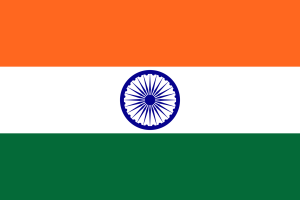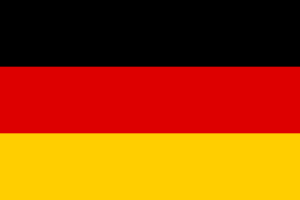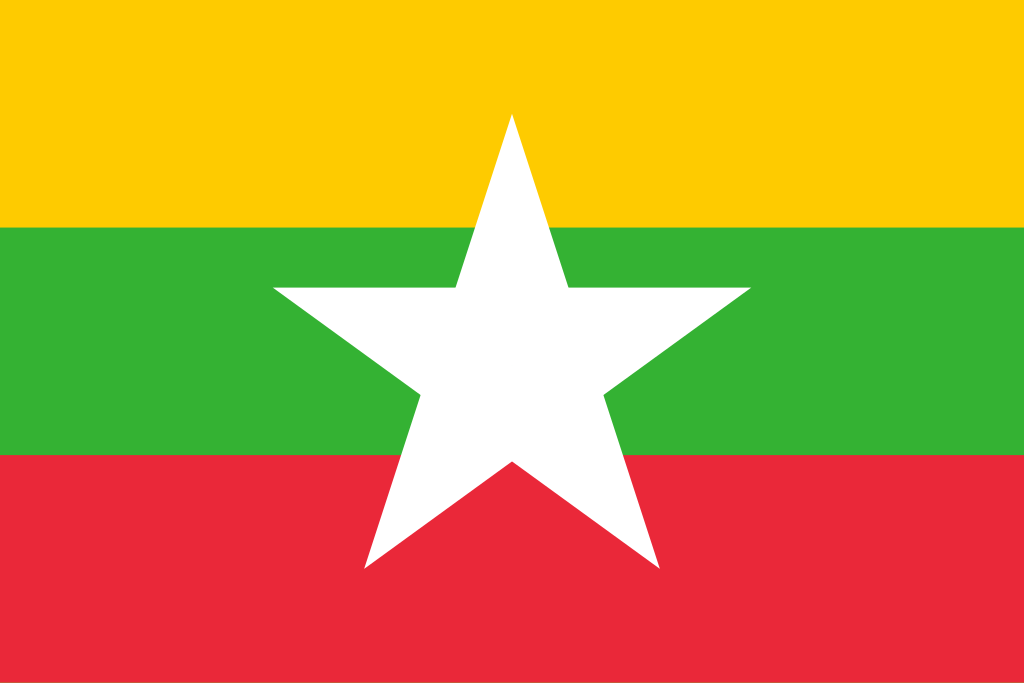Best Practices for Achieving Accuracy in Technical Translation
Technical translation is a specialized field that requires attention to detail and accuracy. It’s not just about translating words; it’s about translating words, technical texts, conveying complex concepts, industry-specific terms, and precise instructions from one language to another without losing any meaning. Technical documents often include manuals, safety instructions, engineering specifications, legal guidelines, and medical documentation. Mistakes in technical translation can have serious consequences, from product malfunctions to legal liabilities. Understanding Technical Translation Technical translation is a specialized form of translation that involves converting technical content from one language to another. It requires a deep understanding of both the source and target languages, as well as technical concepts. Technical translation is crucial for global businesses that need to effectively communicate complex information across linguistic and cultural barriers. A nuanced and culturally sensitive approach to technical translation is essential to overcome common pitfalls. Technical translation involves translating technical terminology, which is often specific to an industry. It requires a high level of precision and accuracy, as small inaccuracies can have serious consequences. Technical translation is a critical component of global business strategy, and it is essential for businesses to reach a global audience. 1. Understand the Industry and Its Terminology Each industry has its own language, with unique terms and phrases. Translators must understand these terms in both the source and target languages, including technical terminology and specialized terminology. For instance, a translator working on medical documents should be familiar with terms like “intravenous,” “contraindications,” and “dosage.” In engineering, terms like “torque” and “load-bearing capacity” may come up frequently. When translators understand the industry, they’re less likely to make errors or misinterpret meanings. This is why technical translators often specialize in certain fields—such as medicine, law, finance, or technology—rather than attempting to cover everything. 2. Use a Glossary and Translation Memory Tools A glossary is a list of key terms specific to a document or industry, with approved translations for each term. By using a glossary, translators ensure consistency across all documents. For instance, if a specific part of a machine is always called “gearbox” in the original language, it should always be translated with the same term in the target language. Translation memory (TM) tools are software tools that save translations of phrases or sentences from previous work. They allow translators to reuse these translations, which is particularly helpful for technical documents, where phrases and terms are repeated often. TM tools, along with managing technical translation projects, improve speed, consistency, and accuracy while reducing the chance of human error. 3. Work with Subject Matter Experts (SMEs) and Technical Translators Subject matter experts (SMEs) are professionals who have in-depth knowledge of the field related to the translation. They can clarify doubts, check for accuracy, and confirm whether the translation correctly represents the technical aspects of the source material. For example, if a translator is working on a pharmaceutical document, consulting a pharmacist or doctor could help clarify complex medical terms and ensure the translated instructions make sense. SMEs can review and validate translations, particularly for crucial sections where even minor errors can be significant. 4. Be Aware of Cultural Differences Technical translation requires more than just word-for-word accuracy. Translators, along with subject matter experts and technical writers, need to consider cultural factors that may impact the way a document is understood. For instance, measurements, dates, and currencies differ across countries. A British document might list measurements in pounds and inches, while a French document would use kilograms and centimeters. Adapting these cultural elements is called localization. Localization helps make the translated document feel natural to the target audience, ensuring that the instructions are easily understood and followed. This also includes adjusting for writing style, tone, and even color preferences in design-heavy materials. 5. Follow Standardized Terminology and Formatting for Technical Documents Technical fields often have established guidelines or standards for formatting and terminology. For example, international organizations like ISO (International Organization for Standardization) have standards that specify terms and formatting styles for certain industries. Translators should adhere to these standards to maintain consistency, credibility, and accurately convey scientific and technological information. Following these standards is especially important when translating official documents like patents or legal agreements, where deviations could lead to misunderstandings or even disputes. It also improves the document’s usability, making it easier for end-users to follow instructions without confusion. 6. Avoid Over-Literal Translations While technical translations need to be precise, over-literal translations can sometimes lead to unnatural phrasing or loss of meaning. Translators should focus on the intended meaning rather than strictly adhering to each word. This practice is known as dynamic equivalence—aiming for the same meaning and impact in the target language, even if the words or structure differ. For example, translating idioms or phrases literally might confuse the reader. In engineering, a term like “grounding” has a specific meaning, and a literal translation could lose this meaning in some languages. Instead, the translator should find an equivalent term that conveys the correct technical concept. 7. Use Clear, Simple Language In technical documents, clarity is critical. Complicated sentence structures or unnecessary jargon can make translations difficult to understand, even for industry professionals. Translators should aim for concise, straightforward language that gets the message across without any ambiguity. When in doubt, translators should choose simpler words and shorter sentences. A good technical translation is easy to read, straightforward, and free from any confusing language that could be interpreted in different ways. Clarity in the target language also helps reduce the risk of errors when the document is put to practical use. 8. Proofread and Quality Check Carefully After the initial translation is done, proofreading and quality checks are essential to ensure accuracy. A quality check process typically includes the following steps: First Review: The translator reads through their own work, correcting any obvious errors. Second Review by Another Translator: A second translator with experience in the field reviews the translation to catch any overlooked mistakes. Proofreading for Grammar and Style: A final proofreading focuses on grammar, punctuation, and
Best Practices for Achieving Accuracy in Technical Translation Read More »







